By Christopher Miskimon
The paratroopers of the 3rd Battalion, 506th Parachute InfantryRegiment (3/506), 101st Airborne Division fought long and hard during Operation Market-Garden, the Allied assault through Holland aimed at piercing into northern Germany and ending the war. After their parachute drop in mid-September, they had struggled against the unexpected presence of SS panzer divisions and fought a much longer campaign than expected. Casualties had been heavy, so the battalion had been moved to a camp in France to recuperate and absorb replacements. The paratroopers expected a period of rest, including leaves in Paris, before preparing for the next drop, perhaps into Germany itself.
 Their reprieve was not to be, however. On December 16, 1944, the Nazis launched their last great offensive in the West, known ever after as the Battle of the Bulge. The situation quickly became desperate, and the 3/506, along with the rest of the division, was rushed to the defense of the vital crossroads town of Bastogne. Once there, they entered another deadly period of combat, fighting off numerous attacks until they could turn to the offensive and push the Germans back. Afterward, they began a long, slogging fight into the heart of Germany, part of the massive effort to bring that nation to its knees and end the war. The battalion’s journey from the Ardennes to Austria is covered in great detail in No Victory in Valhalla: The Untold Story of Third Battalion 506 Parachute Infantry Regiment from Bastogne to Berchtesgaden (Ian Gardner, Osprey Publishing, Oxford, UK, 2014, 352pp, maps, photographs, bibliography, index, $27.95, hardcover).
Their reprieve was not to be, however. On December 16, 1944, the Nazis launched their last great offensive in the West, known ever after as the Battle of the Bulge. The situation quickly became desperate, and the 3/506, along with the rest of the division, was rushed to the defense of the vital crossroads town of Bastogne. Once there, they entered another deadly period of combat, fighting off numerous attacks until they could turn to the offensive and push the Germans back. Afterward, they began a long, slogging fight into the heart of Germany, part of the massive effort to bring that nation to its knees and end the war. The battalion’s journey from the Ardennes to Austria is covered in great detail in No Victory in Valhalla: The Untold Story of Third Battalion 506 Parachute Infantry Regiment from Bastogne to Berchtesgaden (Ian Gardner, Osprey Publishing, Oxford, UK, 2014, 352pp, maps, photographs, bibliography, index, $27.95, hardcover).
The book brings together the disparate range of individuals who made up the battalion and relays their experiences of war. A supply sergeant from West Virginia, a Japanese American who transferred from the famed 442nd Regimental Combat Team to become a paratrooper, a former high school football star—these were just a few of the men who formed one of America’s fighting units. By the time of the Bulge, many of the unit’s original infantrymen were gone, dead or wounded. Replacements made up the remainder, and many sub-units were commanded by junior officers and NCOs who had to fill larger shoes.
Beginning in Bastogne, the book covers the movement of the battalion into the town just ahead of the advancing Germans. At first the combat was a confused and swirling melee as both sides made their first encounters with the enemy. Soon the defense settled into a tentative perimeter and stiff resistance to all attackers. The unit’s positions overlooked the town of Foy, later made famous in other books and films. There were also patrols punctuated by close combat amid a horribly cold winter.
After the Bulge, the war continued. The division fought until February 1945, when it returned to France to reconstitute. After a short time there the paratroopers went back into action, first in the Ruhr and then in Bavaria. This was unique for airborne units; after a period of combat they would typically return to a secure base to prepare for the next drop. In this case, the need for a final drop ended, so the battalion found itself acting as regular infantry, slogging forward toward the war’s inevitable end. Like the rest of the regiment, the 3/506 ended the war in Berchtesgaden, a hotbed of the Nazi Party.
The greatest strength of this book is the extreme level of detail poured into it. The words of literally hundreds of veterans of the 3/506 were used to make up this account, and it shows. Each action is a blend of several survivors matched with historical records and written accounts, giving the reader a thorough understanding of what this particular unit endured during its war. One chapter details the experiences of those members of the unit who were captured and spent time as POWs.
This volume is actually the third in trilogy about the 3/506, the previous books, Tonight We Die as Menand Deliver Us from Darkness, covering the battalion’s history up to the Ardennes. In total they give the full story of a paratrooper’s experience in Europe from the soldier’s level. Readers interested in airborne units specifically or the war in the European Theater in general will find value in this book.
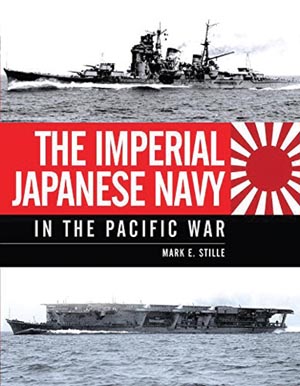 The Imperial Japanese Navy in the Pacific War (Mark E. Stille, Osprey Publishing, Oxford, UK, 2014, 392pp, maps, photographs, illustrations, bibliography, index, $40.00, hardcover)
The Imperial Japanese Navy in the Pacific War (Mark E. Stille, Osprey Publishing, Oxford, UK, 2014, 392pp, maps, photographs, illustrations, bibliography, index, $40.00, hardcover)
For a brief period in 1941-1942, the Imperial Japanese Navy (IJN) was the dominant fighting force in the Pacific and Indian Oceans. It enjoyed a series of successes ranging from the Bay of Bengal to the Hawaiian Islands to the seas around Australia. Then came Midway, and soon after the bitter fighting around Guadalcanal. During this period the Japanese maintained an edge in areas such as surface warfare and parity in others, but their tide had ebbed. Afterward, the Japanese Navy was on the defensive for the rest of the war, its resources stretched thin and fighting ever more desperate battles against overwhelming odds. Finally, it lay defeated, its sailors surrendered, and once proud ships wrecked and sunk.
The author is an acknowledged authority on the Japanese Navy in World War II and brings all his expertise to this book. He begins with an overview of the IJN’s conduct of the war before beginning a detailed look at each of the major combat ship types: carriers, battleships, heavy and light cruisers, destroyers, and submarines. Detailed information is given for each class of ship within these types. A final chapter evaluates the IJN’s ships, doctrine, and actions, pointing out their successes and failures. Readers interested in the war in the Pacific will find much of interest in this book.
 No Greater Valor: The Siege of Bastogne, and the Miracle that Sealed Allied Victory (Jerome Corsi, Thomas Nelson Books, Nashville, TN, 2014, 352pp, notes, index, $26.99, hardcover)
No Greater Valor: The Siege of Bastogne, and the Miracle that Sealed Allied Victory (Jerome Corsi, Thomas Nelson Books, Nashville, TN, 2014, 352pp, notes, index, $26.99, hardcover)
The town of Bastogne contained a vital crossroads, making it an important objective for the Nazi Ardennes offensive. This made it equally important for the Americans to hold the Belgian village. Doing so would upset the German timetable, perhaps fatally. The 101st Airborne Division was rushed from its winter camp in France to Bastogne, where the Screaming Eagles famously stood against everything the enemy could throw at them. It was a confused and at times desperate battle, but one which provided great inspiration then and now.
Inspiration of a higher order is the point of this new examination of one of the most famous battles in American history. The author examines the effect of religion on how GIs found the motivation to continue fighting against extreme odds and under difficult conditions. From the prayers and beliefs of soldiers in frozen foxholes to generals encouraging their troops to chaplains carrying out their sworn duties, all are considered to demonstrate the effect of faith on victory. The military details of the defense of Bastogne are blended with the religious examples the author uses to present his case. This provides an overall history of the battle for the reader.
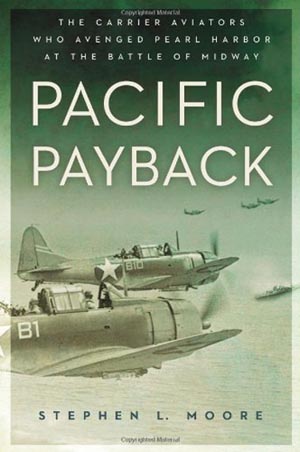 Pacific Payback: The Carrier Aviators Who Avenged Pearl Harbor at the Battle of Midway (Stephen L. Moore, NAL Caliber, New York, 2014, 436pp, maps, photographs, appendices, notes, bibliography, index, $26.95, hardcover)
Pacific Payback: The Carrier Aviators Who Avenged Pearl Harbor at the Battle of Midway (Stephen L. Moore, NAL Caliber, New York, 2014, 436pp, maps, photographs, appendices, notes, bibliography, index, $26.95, hardcover)
The aircraft carrier USS Enterprisehad a busy time of it in the days after Pearl Harbor, and the aircrews of the ship’s Douglas Dauntless dive bombers were perhaps the busiest. Some of them had been en route to Pearl Harbor on the morning of December 7, 1941, and flown straight into the battle, losing a third of their number. It was a grim opening to World War II for them.
In the next six months, however, the dive bombers and their crews began to pay back Japan for its attack. They became the first to send a Japanese warship to the bottom of the sea when they sank the submarine I-70on December 10. Two months later they raided the Marshall Islands. TheEnterpriseescorted the Doolittle Raiders to and from Tokyo in April 1942 before taking part in the decisive Battle of Midway in June. There the Dauntless crews risked all and paid heavily to strike a blow that radically altered the course of the war.
Well researched and detailed, this book tells the story of the officers and enlisted sailors who made up the Dauntless crews. Each sailor’s story is incorporated into the whole, giving the reader a very full and well rounded view of their missions and duties during the critical first six months of the war.
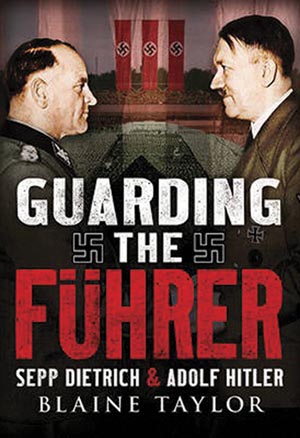 Guarding the Führer: Sepp Dietrich and Adolf Hitler (Blaine Taylor, Casemate Publishers, Havertown PA, 2014, 192pp, photographs, bibliography, $32.95, hardcover)
Guarding the Führer: Sepp Dietrich and Adolf Hitler (Blaine Taylor, Casemate Publishers, Havertown PA, 2014, 192pp, photographs, bibliography, $32.95, hardcover)
Hitler survived a number of attempts on his life both before the war and after. His security arrangements were extensive. Sepp Dietrich, a World War I veteran and early member of the Nazi Party, acted as chief of the Führer’s bodyguard service, though he eventually went on to command German troops in the field. Another official, Johann Rattenhuber, headed the Reich Security Service, which also protected the Third Reich’s leader. Their jobs were to keep Hitler alive when many people were actively trying to kill him. The bodyguards succeeded in this only to have Hitler take his own life when the war was lost.
The author presents an excellent written summary of Hitler’s bodyguards, including numerous examples of his protectors in action. The strength of this work, however, is in its large collection of photographs. More a photo book than anything, it contains hundreds of images of Hitler at various functions and meetings along with those sworn to protect him. Many are rare, and a few have never before been published. Together they give an inside look at the protective services of the Third Reich and the lengths these services went to while protecting one of history’s most hated figures in the midst of a world war.
 Fight On! A GI’s Odyssey Back to Nazi Germany (Bernard L. Kahn, Cable Publishing, Brule, WI, 2014, 273pp, maps, photographs, index, $24.95, hardcover)
Fight On! A GI’s Odyssey Back to Nazi Germany (Bernard L. Kahn, Cable Publishing, Brule, WI, 2014, 273pp, maps, photographs, index, $24.95, hardcover)
One day in 1936, young Bernard Kahn was walking home from school with his close friend Erno Schmid. They were in Munich, Germany, and Erno had discovered the Nazi Party. He looked at Bernard, whose father was a non-practicing Jew, and said, “You are the son of a Jew. You will never wear a uniform except the striped one of Dachau.” For Bernard it was a horrible sign of things to come in Germany. A year later he was in America, a move that may well have saved his life.
Six years later he was a soldier for his new country. He came to be assigned to the 157th Infantry Regiment, part of the 45th “Thunderbird” Division. The 157th fought in a number of difficult actions, seeing extensive combat. Later, they liberated the Dachau concentration camp before moving on capture Munich at war’s end. Bernard found himself back in the city of his childhood, walking familiar streets that were now covered in rubble.
This is a fascinating look at a German émigré’s journey back to his homeland. A number of former Germans did this, often serving as translators, but relatively few accounts of their experiences exist. His personal look at the war in Europe covers the front lines as well as the mundane day to day activities that form the bulk of a soldier’s time in clear prose. It is also well illustrated with both official and personal photographs.
 Why the Japanese Lost: The Red Sun’s Setting (Bryan Perrett, Pen and Sword Publishing, South Yorkshire, United Kingdom, 2014, 234pp, maps, photographs, bibliography, index, $36.95, hardcover)
Why the Japanese Lost: The Red Sun’s Setting (Bryan Perrett, Pen and Sword Publishing, South Yorkshire, United Kingdom, 2014, 234pp, maps, photographs, bibliography, index, $36.95, hardcover)
The road to war for Imperial Japan was a complex one. The nation had been closed and isolationist only a century before. In a stunningly rapid transition Japan industrialized and militarized, making it capable of fighting several wars by the beginning of the 20th century. This militarism continued, and by the 1930s Japan was ready to seize an empire in Asia. By 1942, it had largely done so, carving out a vast resource laden zone for itself.
At the same time, Japan had latent weaknesses that would doom it to defeat. Its industry could not produce everything it needed, forcing it to make choices about production. This left gaps in the development and production of war matériel and meant that Japan could not replace lost ships fast enough or improve armored vehicles, for example. Japan’s string of military successes had led to “Victory Disease,” making the Japanese military establishment vulnerable to hubris and an underestimation of their opponents’ determination and abilities. Japan’s own domestic political situation also led to difficulties prosecuting the war.
The author is well known for his thoughtful analysis and attention to the smallest detail. His writing takes the myriad reasons for Japan’s defeat and weaves them all together into a logical narrative that clearly explains his thesis. The book evaluates Japanese military history from the Shogun era to World War II and effectively shows how this history led Japan from a growing power to a shattered nation in less than a century.
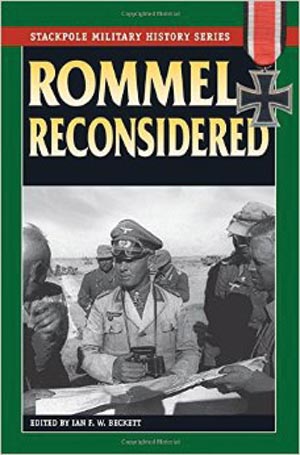 Rommel Reconsidered (Edited by Ian F.W. Beckett, Stackpole Books, Mechanicsburg, PA, 2014, 184pp, maps, photographs, notes, bibliography, index, $19.95, softcover)
Rommel Reconsidered (Edited by Ian F.W. Beckett, Stackpole Books, Mechanicsburg, PA, 2014, 184pp, maps, photographs, notes, bibliography, index, $19.95, softcover)
German Field Marshal Erwin Rommel is widely viewed as one of history’s greatest war leaders. His reputation was largely built in France and North Africa from 1940-1943. Later, he prepared the defenses of Normandy, became involved in the failed July 1944 plot to kill Hitler, and paid for it with his life. Even his enemies respected him. He was brave, daring, and resourceful. Rommel led from the front and could inspire his soldiers to great efforts.
Was he as great as his legacy suggests, however? He was willing to take risks, but many of them did not pay off. His daring could turn to recklessness. While he is lauded for plotting against Hitler, Rommel’s rise to high command was largely due to his affiliation with the Nazis. Was his postwar fame part of a need to provide an example of a good German amid the evil of the Third Reich? In the end, Rommel was just a man; like most he had his strengths and faults, and these were exhibited in his performance on the battlefield. He deserved his fame, but his story is not one sided.
The editor of this volume has collected seven essays summarizing Rommel’s actions and achievements through an objective lens, trying to discover the real Rommel devoid of the myths and propaganda that have risen around him. Each focuses on a different part of the war, with many details on his operations, successes, and failures. The result is to give a balanced view of one of Germany’s most famous soldiers.
 World War II From Above: An Aerial View of the Global Conflict (Jeremy Harwood, Zenith Press, Minneapolis, MN, 2014, 208pp, maps, photographs, bibliography, index, $30.00, hardcover)
World War II From Above: An Aerial View of the Global Conflict (Jeremy Harwood, Zenith Press, Minneapolis, MN, 2014, 208pp, maps, photographs, bibliography, index, $30.00, hardcover)
This book tells the story of both Axis and Allied photoreconnaissance aircrews and their struggles to obtain much-needed intelligence. Planners on both sides required information to make decisions about pending operations and target selection. Just as these efforts were made to get the photographs, the opposing side tried to either intercept the reconnaissance planes or fool them through camouflage or misdirection. Once the pilots obtained the imagery, photo interpreters had to determine what, if anything, the pictures revealed. This in itself was a combination of art and science as the interpreters learned to distinguish between real and dummy aircraft and even entirely faked airfields or factories.
All this work yielded carnage and destruction on a vast scale. One French journalist in Tokyo described hundreds of Japanese boiled alive after they jumped into a canal to escape the firebombing attack of March 9, 1945. Further such attacks only increased the damage; bodies were reduced to ashes that blew away in the breeze.
This book contains many photographs never before published along with numerous diagrams and maps demonstrating aircraft, techniques, and specific missions. The words of participants are included in most sections, adding a first person view of the dangerous work these pilots did and the deadly results of their labor.
 Hunting Tito: A History of Nachtschlachtgruppe 7 in World War II (Lovro Persen, Schiffer Publishing, Atglen, PA, 2014, 192pp, maps, photographs, illustrations, appendices, bibliography, $35.00, hardcover)
Hunting Tito: A History of Nachtschlachtgruppe 7 in World War II (Lovro Persen, Schiffer Publishing, Atglen, PA, 2014, 192pp, maps, photographs, illustrations, appendices, bibliography, $35.00, hardcover)
The Nazi juggernaut swept through Yugoslavia in just a few short weeks in April 1941. Taking the Balkan country with its mix of nationalistic subgroups proved easier in the long run than holding it. Soon after the initial conquest was complete, partisan groups began to spring forth, determined to resist domination by either the Nazis or other ethnic groups and movements. The situation quickly became both complex and brutal as old animosities and the new occupation by the Germans created a volatile mix.
Supporting German ground troops in Yugoslavia was a scratch force of aircraft and crews formed into a special air wing designed to take the fight to the partisans. Using mostly obsolete aircraft, Nachtschlachtgruppe 7 bombed their strongholds and sought the guerrillas as they moved and when they attempted to pick up supplies from the Allies. This was one of the lesser known Luftwaffe units of the war, and it fought straight through to the end.
The German military in World War II is the specialty of Schiffer Publishing. This book contains all the details, charts, and illustrations Schiffer is known for. The author did exhaustive research; there are even charts listing every individual aircraft of the wing known to have been lost.
New and Noteworthy
 Project 9: The Birth of the Air Commandos in World War II (Dennis R. Okerstrom, University of Missouri Press, 2014, $29.95, hardcover). This is the story of the Allied plan to invade Burma by air in 1944. The aircraft, training, and actual assault are all included.
Project 9: The Birth of the Air Commandos in World War II (Dennis R. Okerstrom, University of Missouri Press, 2014, $29.95, hardcover). This is the story of the Allied plan to invade Burma by air in 1944. The aircraft, training, and actual assault are all included.
A Cool and Lonely Courage: The Untold Story of Sister Spies in Occupied France (Susan Ottaway, Little, Brown, 2014, $27.00, hardcover) This is the true story of two sisters who worked for the French Resistance and British SOE during World War II. One of them was captured and sent to a concentration camp.
Beachhead Normandy: An LCT’s Odyssey (Tom Carter, Potomac Books, 2014, $29.95, hardcover). This landing craft, tank (LCT) made the assault landing at Omaha Beach on June 6, 1944. The ship later went on to serve in China.
Ministers at War: Winston Churchill and His War Cabinet (Jonathan Schneer, Basic Books, 2014, $29.99, hardcover) British Prime Minister Winston Churchill relied on a team of ministers to get Britain through the war. This war cabinet took the nation to eventual victory.
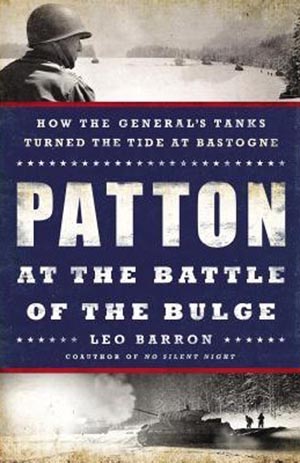 Patton at the Battle of the Bulge: How the General’s Tanks Turned the Tide at Bastogne (Leo Barron, NAL Caliber, 2014, $27.95, hardcover). Patton’s 4th Armored Division fought its way into Bastogne during the Ardennes fighting. The story of its fight is a race against time and the enemy.
Patton at the Battle of the Bulge: How the General’s Tanks Turned the Tide at Bastogne (Leo Barron, NAL Caliber, 2014, $27.95, hardcover). Patton’s 4th Armored Division fought its way into Bastogne during the Ardennes fighting. The story of its fight is a race against time and the enemy.
The Last Escaper: The Untold First-Hand Story of the Legendary Bomber Pilot, ‘Cooler King’ and Arch Escape Artist (Peter Tunstall, Overlook Press, 2015, $27.95, hardcover) This autobiographical tale tells of the author’s time as a POW. He became a celebrated escape artist.
Killing Patton: The Strange Death of World War II’s Most Audacious General (Bill O’Reilly, Henry Holt and Company, 2014, $30.00, hardcover) This book presents the death of Patton as a possible assassination. It attempts to lay out the facts surrounding the event along with a summary of those who might have wanted him dead.
My Battle Against Hitler: Faith, Truth and Defiance in the Shadow of the Third Reich (Dietrich Von Hildebrand, Image Publishing, 2014, $28.00, hardcover) Hildebrand was a Catholic who opposed Hitler and the Nazis. His outspoken efforts made him one of the Third Reich’s main enemies.
The Lady Gangster: The True Story of WWII’s Most Amazing Ship and Her Heroic Crew (Del Staecker, Cable Publishing, 2014, $23.95, hardcover) The USS Fuller was one of the most active attack transports in the Navy. It saw service from Iceland to Okinawa.
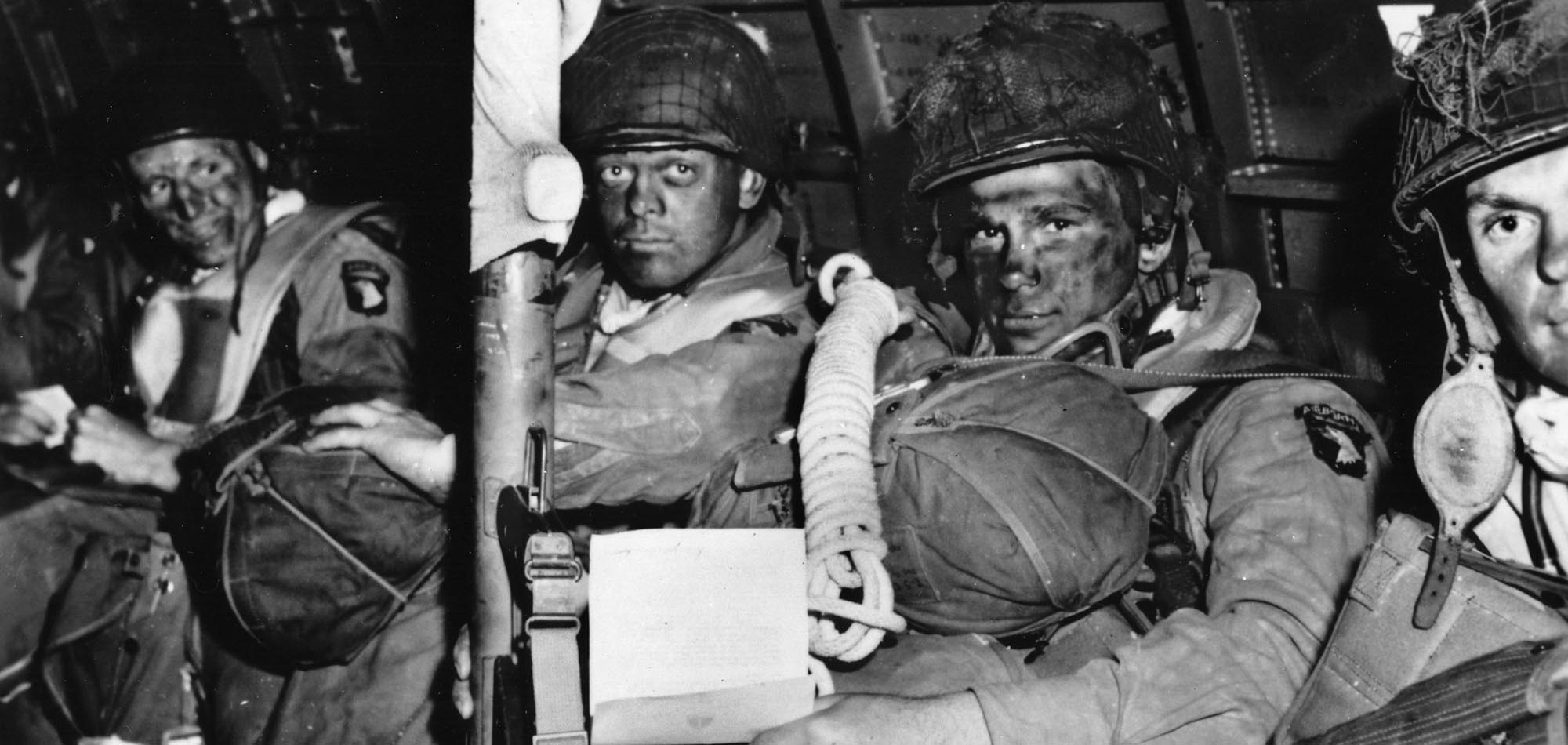
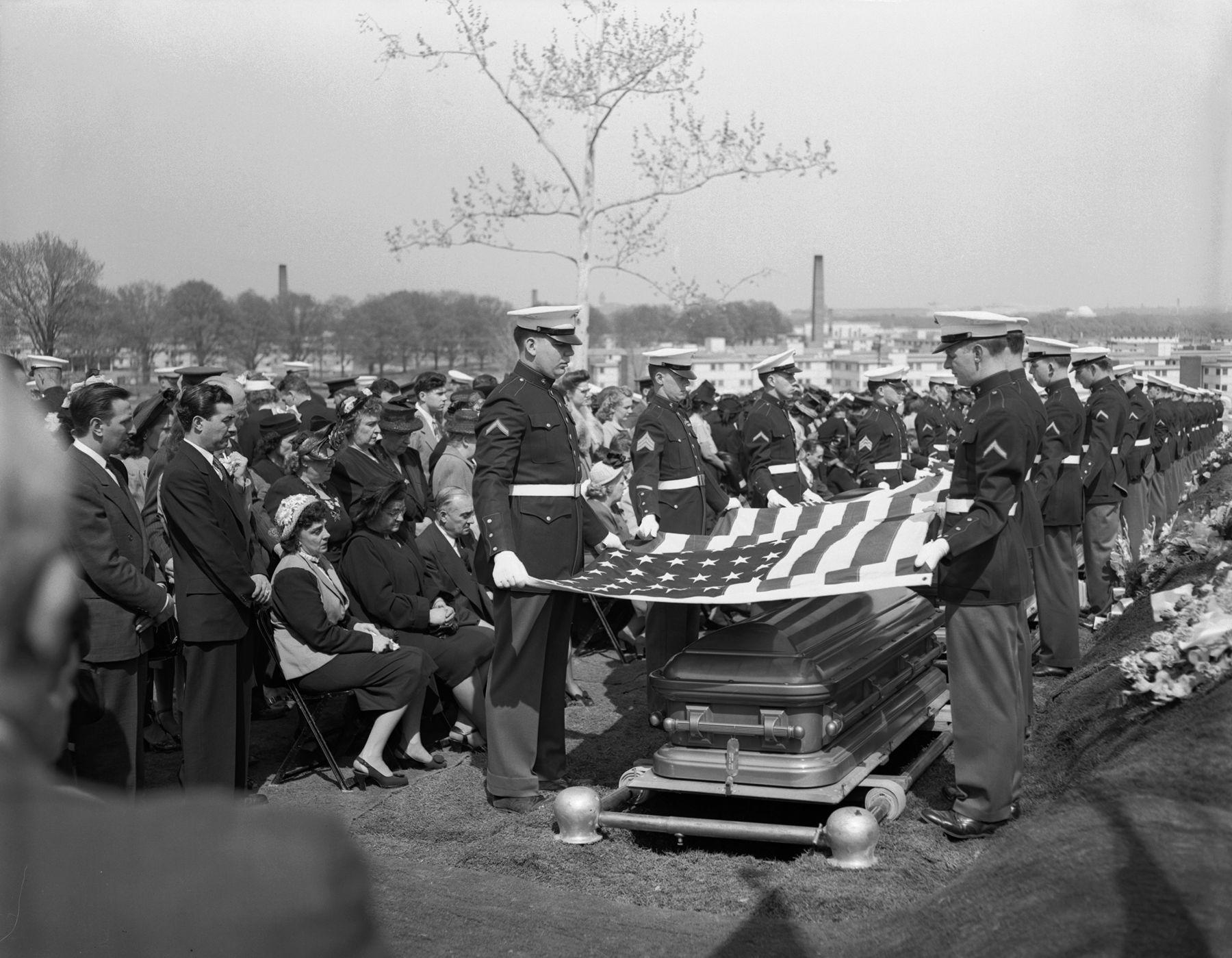
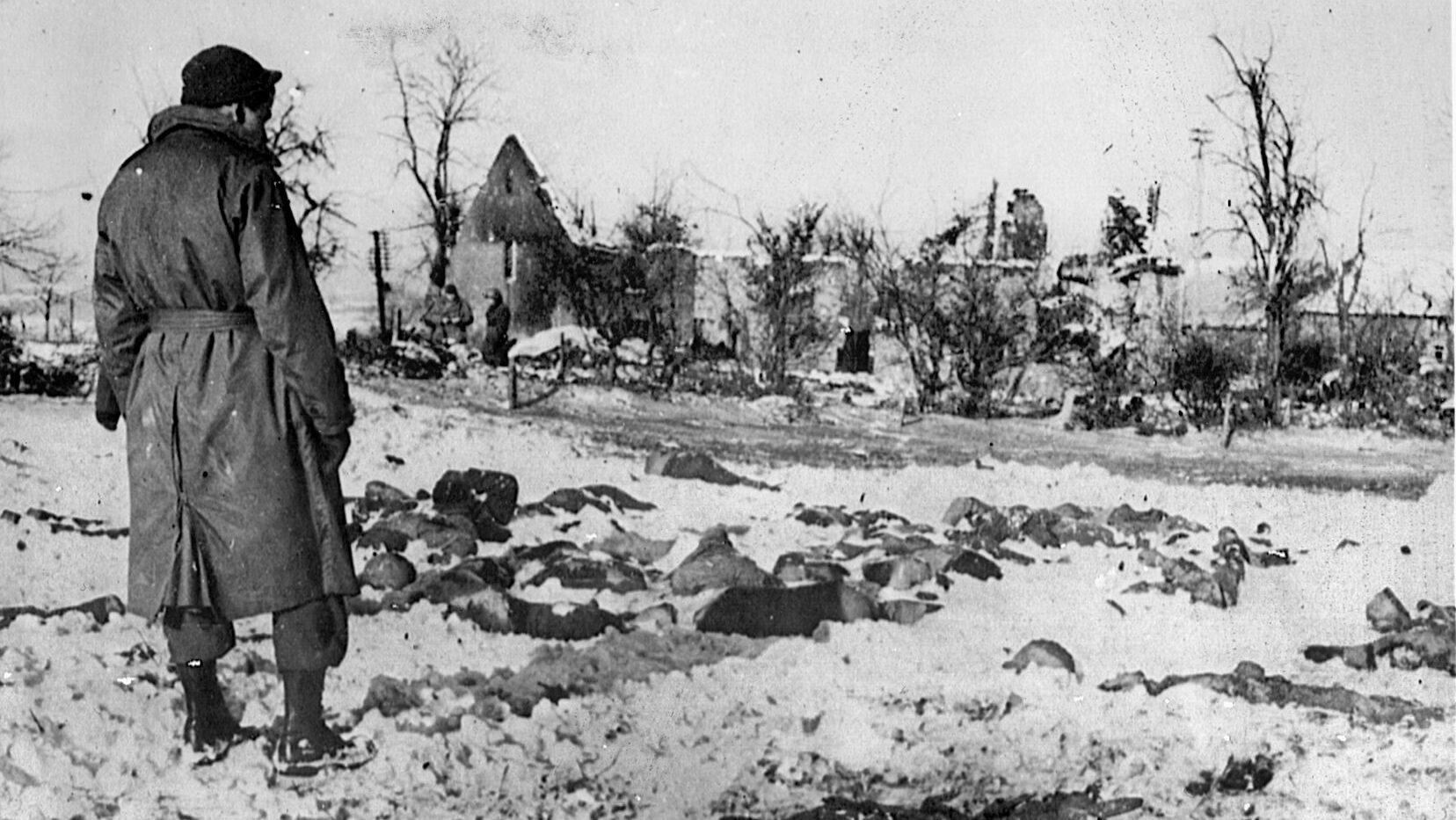
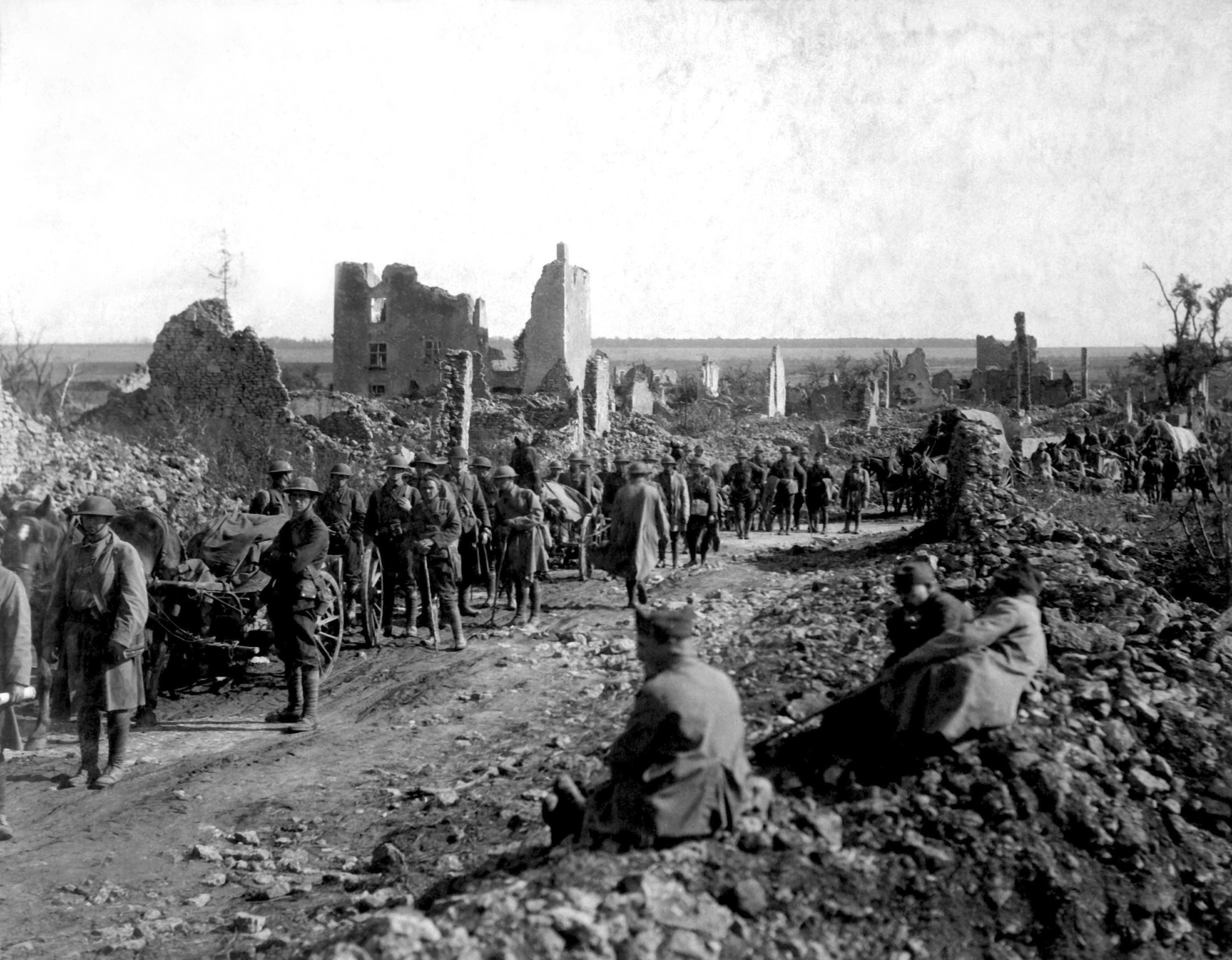
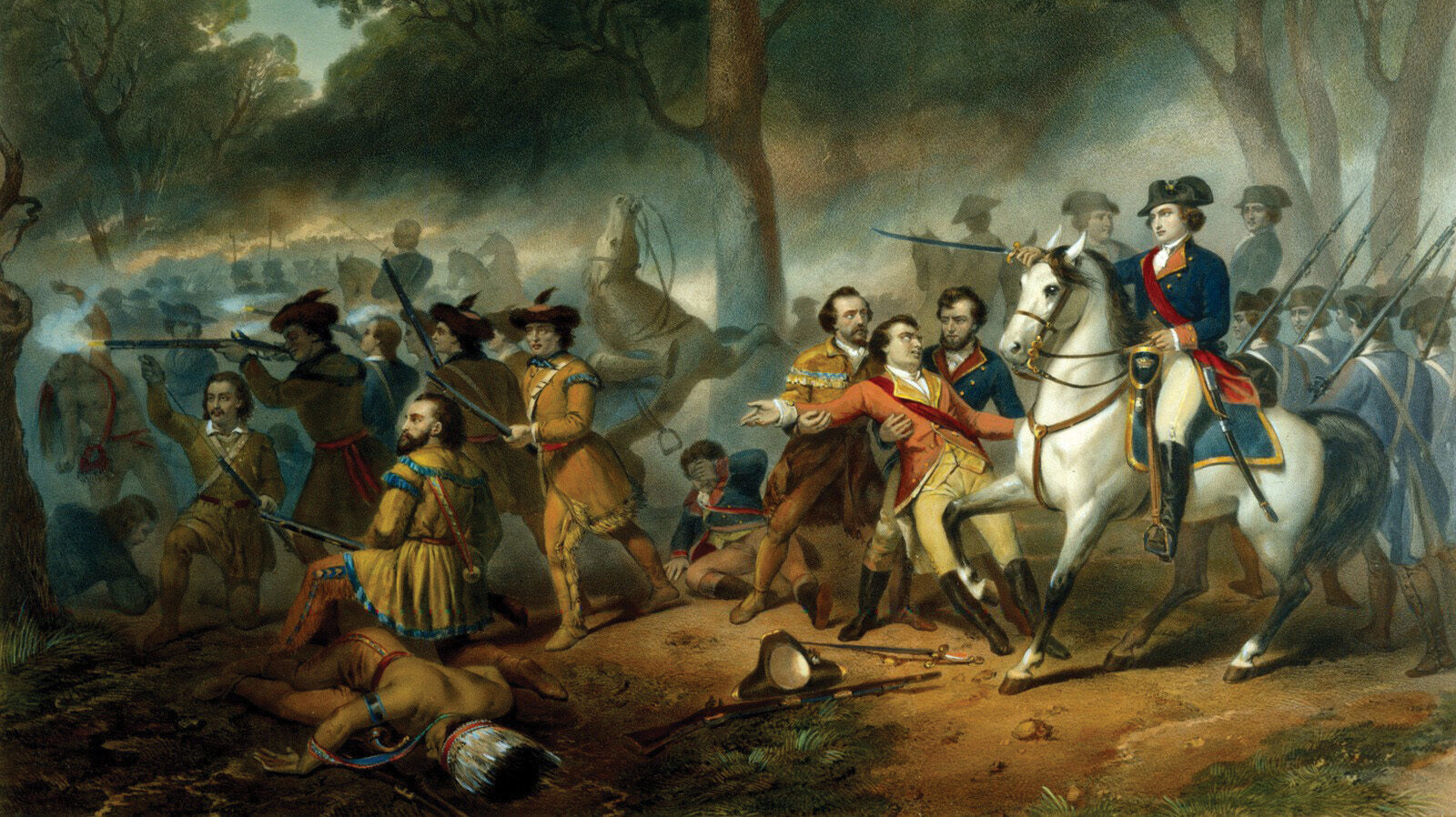
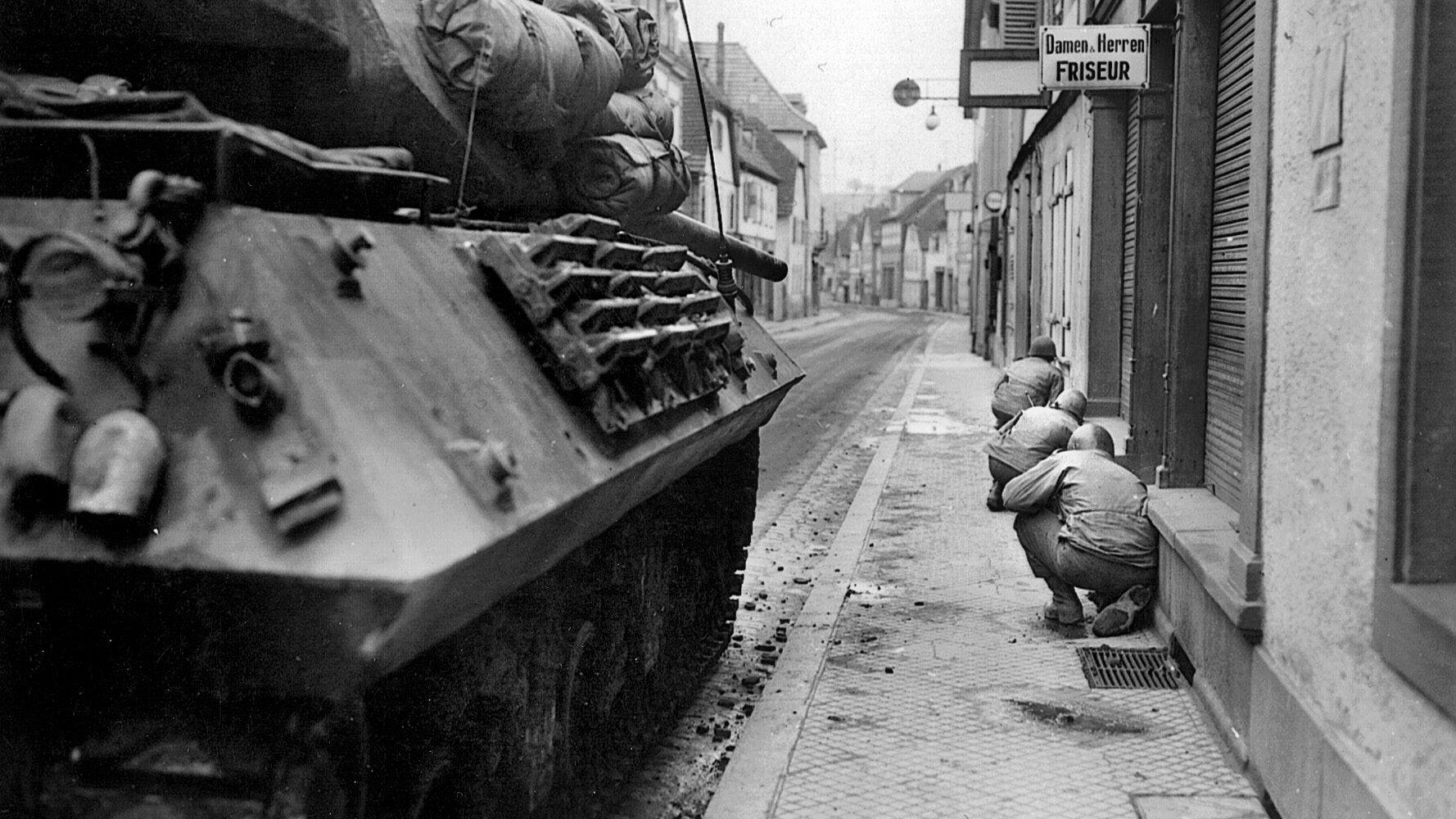
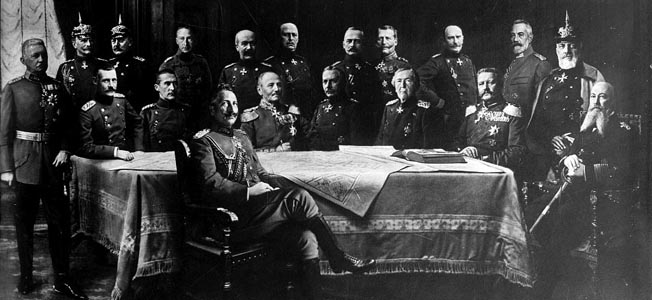
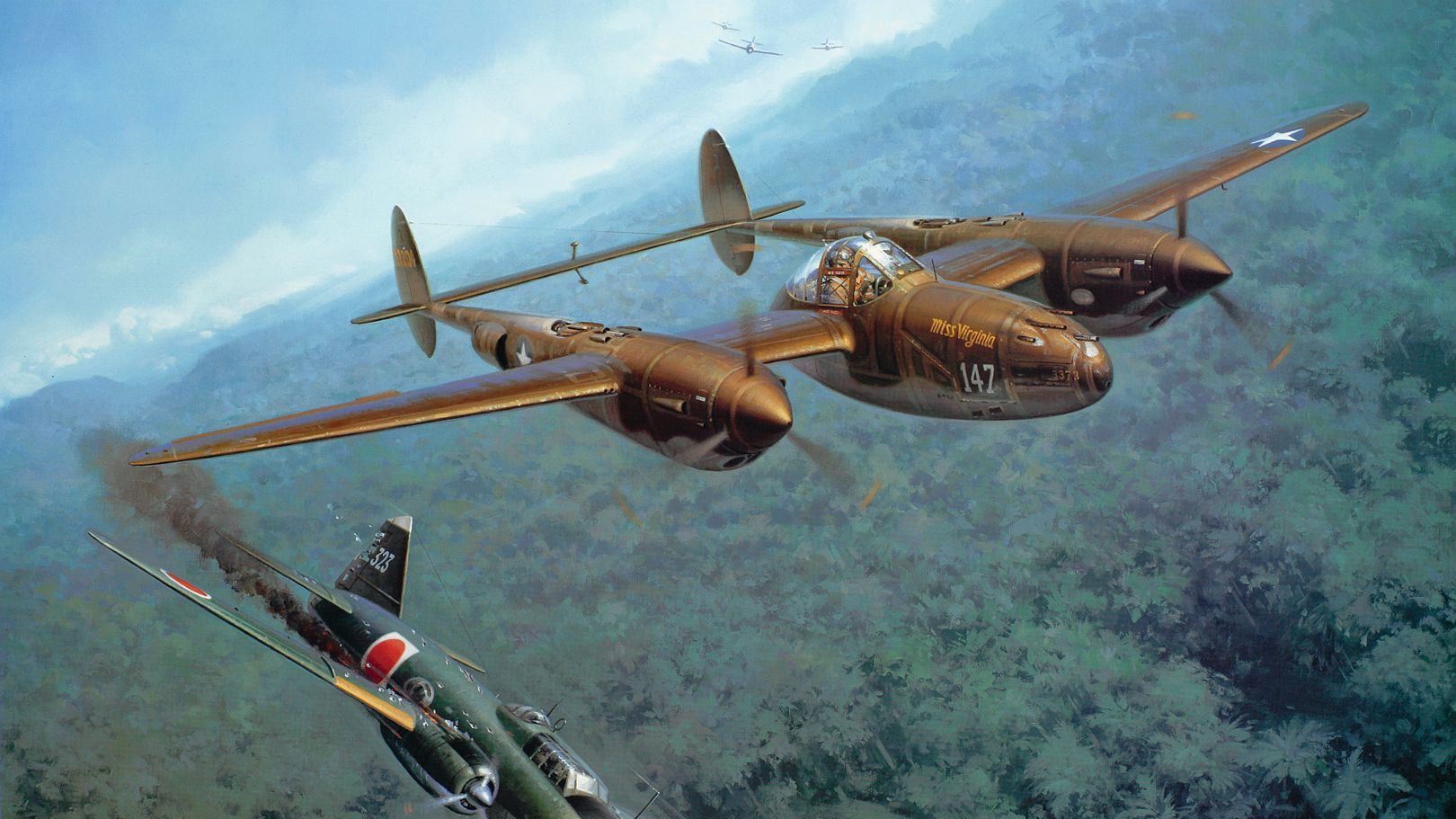
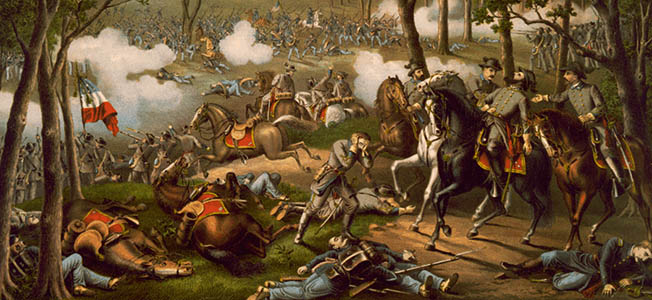
Join The Conversation
Comments
View All Comments